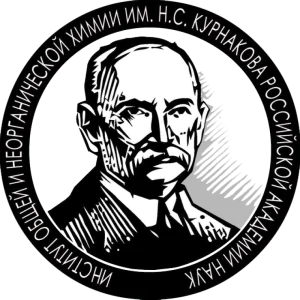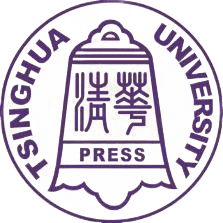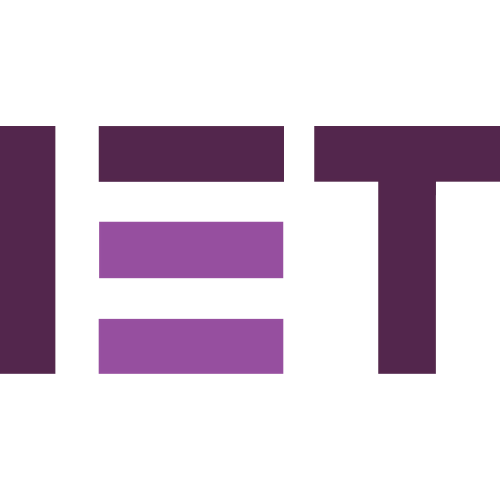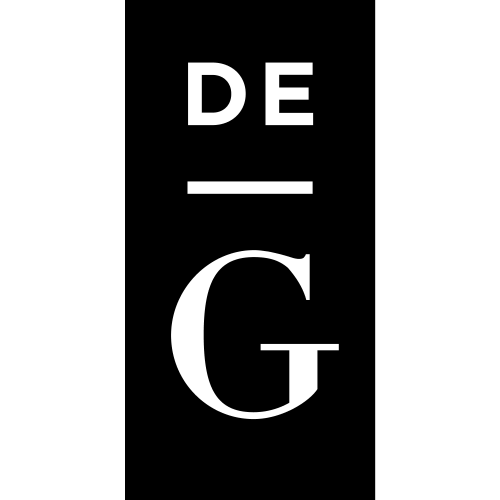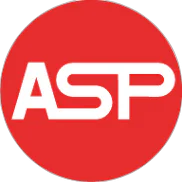Open Access


Tailoring Practically Accessible Polymer/Inorganic Composite Electrolytes for All-Solid-State Lithium Metal Batteries: A Review
Publication type: Journal Article
Publication date: 2023-01-31
scimago Q1
wos Q1
SJR: 8.188
CiteScore: 53.1
Impact factor: 36.3
ISSN: 23116706, 21505551
PubMed ID:
36719552
Surfaces, Coatings and Films
Electronic, Optical and Magnetic Materials
Electrical and Electronic Engineering
Abstract
Solid-state electrolytes (SSEs) are widely considered the essential components for upcoming rechargeable lithium-ion batteries owing to the potential for great safety and energy density. Among them, polymer solid-state electrolytes (PSEs) are competitive candidates for replacing commercial liquid electrolytes due to their flexibility, shape versatility and easy machinability. Despite the rapid development of PSEs, their practical application still faces obstacles including poor ionic conductivity, narrow electrochemical stable window and inferior mechanical strength. Polymer/inorganic composite electrolytes (PIEs) formed by adding ceramic fillers in PSEs merge the benefits of PSEs and inorganic solid-state electrolytes (ISEs), exhibiting appreciable comprehensive properties due to the abundant interfaces with unique characteristics. Some PIEs are highly compatible with high-voltage cathode and lithium metal anode, which offer desirable access to obtaining lithium metal batteries with high energy density. This review elucidates the current issues and recent advances in PIEs. The performance of PIEs was remarkably influenced by the characteristics of the fillers including type, content, morphology, arrangement and surface groups. We focus on the molecular interaction between different components in the composite environment for designing high-performance PIEs. Finally, the obstacles and opportunities for creating high-performance PIEs are outlined. This review aims to provide some theoretical guidance and direction for the development of PIEs.
Found
Nothing found, try to update filter.
Found
Nothing found, try to update filter.
Top-30
Journals
|
2
4
6
8
10
12
14
16
18
|
|
|
Chemical Engineering Journal
17 publications, 7.17%
|
|
|
Nano-Micro Letters
13 publications, 5.49%
|
|
|
Advanced Functional Materials
13 publications, 5.49%
|
|
|
Journal of Power Sources
13 publications, 5.49%
|
|
|
Small
12 publications, 5.06%
|
|
|
Energy Storage Materials
11 publications, 4.64%
|
|
|
Advanced Energy Materials
9 publications, 3.8%
|
|
|
Journal of Energy Storage
9 publications, 3.8%
|
|
|
ACS applied materials & interfaces
7 publications, 2.95%
|
|
|
Journal of Colloid and Interface Science
6 publications, 2.53%
|
|
|
Journal of Energy Chemistry
4 publications, 1.69%
|
|
|
Chinese Chemical Letters
4 publications, 1.69%
|
|
|
Chemistry - An Asian Journal
3 publications, 1.27%
|
|
|
Science China Chemistry
3 publications, 1.27%
|
|
|
Energy & Fuels
3 publications, 1.27%
|
|
|
ACS Nano
3 publications, 1.27%
|
|
|
Journal of Applied Polymer Science
3 publications, 1.27%
|
|
|
Angewandte Chemie
3 publications, 1.27%
|
|
|
Angewandte Chemie - International Edition
3 publications, 1.27%
|
|
|
Journal of Materials Chemistry A
3 publications, 1.27%
|
|
|
ACS Sustainable Chemistry and Engineering
3 publications, 1.27%
|
|
|
Advanced Materials
2 publications, 0.84%
|
|
|
Renewable and Sustainable Energy Reviews
2 publications, 0.84%
|
|
|
Solid State Ionics
2 publications, 0.84%
|
|
|
Energy and Environmental Science
2 publications, 0.84%
|
|
|
Journal of Electroanalytical Chemistry
2 publications, 0.84%
|
|
|
Rare Metals
2 publications, 0.84%
|
|
|
Batteries & Supercaps
2 publications, 0.84%
|
|
|
Small Structures
2 publications, 0.84%
|
|
|
EcoEnergy
2 publications, 0.84%
|
|
|
2
4
6
8
10
12
14
16
18
|
Publishers
|
10
20
30
40
50
60
70
80
90
100
|
|
|
Elsevier
95 publications, 40.08%
|
|
|
Wiley
65 publications, 27.43%
|
|
|
American Chemical Society (ACS)
23 publications, 9.7%
|
|
|
Springer Nature
22 publications, 9.28%
|
|
|
Royal Society of Chemistry (RSC)
19 publications, 8.02%
|
|
|
MDPI
3 publications, 1.27%
|
|
|
The Electrochemical Society
2 publications, 0.84%
|
|
|
Tsinghua University Press
2 publications, 0.84%
|
|
|
Institution of Engineering and Technology (IET)
1 publication, 0.42%
|
|
|
Walter de Gruyter
1 publication, 0.42%
|
|
|
AIP Publishing
1 publication, 0.42%
|
|
|
American Scientific Publishers
1 publication, 0.42%
|
|
|
Autonomous Non-profit Organization Editorial Board of the journal Uspekhi Khimii
1 publication, 0.42%
|
|
|
IOP Publishing
1 publication, 0.42%
|
|
|
10
20
30
40
50
60
70
80
90
100
|
- We do not take into account publications without a DOI.
- Statistics recalculated weekly.
Are you a researcher?
Create a profile to get free access to personal recommendations for colleagues and new articles.
Metrics
237
Total citations:
237
Citations from 2024:
202
(85.23%)
Cite this
GOST |
RIS |
BibTex
Cite this
GOST
Copy
Liang H. et al. Tailoring Practically Accessible Polymer/Inorganic Composite Electrolytes for All-Solid-State Lithium Metal Batteries: A Review // Nano-Micro Letters. 2023. Vol. 15. No. 1. 42
GOST all authors (up to 50)
Copy
Liang H., Wang L., Wang A., Song Y., Wu Y., Yang Y., He X. Tailoring Practically Accessible Polymer/Inorganic Composite Electrolytes for All-Solid-State Lithium Metal Batteries: A Review // Nano-Micro Letters. 2023. Vol. 15. No. 1. 42
Cite this
RIS
Copy
TY - JOUR
DO - 10.1007/s40820-022-00996-1
UR - https://doi.org/10.1007/s40820-022-00996-1
TI - Tailoring Practically Accessible Polymer/Inorganic Composite Electrolytes for All-Solid-State Lithium Metal Batteries: A Review
T2 - Nano-Micro Letters
AU - Liang, Hongmei
AU - Wang, Li
AU - Wang, Aiping
AU - Song, Youzhi
AU - Wu, Yanzhou
AU - Yang, Yang
AU - He, Xiangming
PY - 2023
DA - 2023/01/31
PB - Springer Nature
IS - 1
VL - 15
PMID - 36719552
SN - 2311-6706
SN - 2150-5551
ER -
Cite this
BibTex (up to 50 authors)
Copy
@article{2023_Liang,
author = {Hongmei Liang and Li Wang and Aiping Wang and Youzhi Song and Yanzhou Wu and Yang Yang and Xiangming He},
title = {Tailoring Practically Accessible Polymer/Inorganic Composite Electrolytes for All-Solid-State Lithium Metal Batteries: A Review},
journal = {Nano-Micro Letters},
year = {2023},
volume = {15},
publisher = {Springer Nature},
month = {jan},
url = {https://doi.org/10.1007/s40820-022-00996-1},
number = {1},
pages = {42},
doi = {10.1007/s40820-022-00996-1}
}


